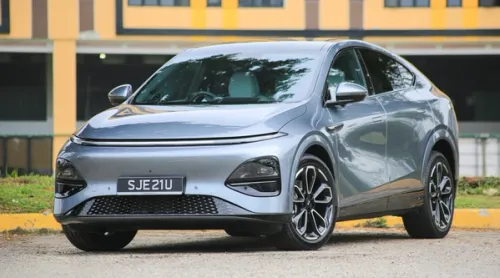DBX Marks The Spot
Aston Martin makes an entrance into the super-luxury SUV segment with the new DBX. How does it stack up and has the brand lost its soul in making an SUV?


We all knew this was coming; premium sports car manufacturers would start building SUVs to meet the bottom line and cause uproar with purists. But look past the nostalgia and, really, what’s wrong with building an SUV as long as it’s still fun to drive? It may have been difficult a generation ago, but with the latest sophisticated technology, the seemingly unthinkable bridge to gap between sports car and SUV is now becoming more realistic. Aston Martin is a little late to the party, but what an entrance it has made with the DBX.

Sure, it’s no James Bond dinner party head-turner, but the DBX at least tries to stand out from the crowd with its unique lines. The bonnet is set lower than what one would expect of an SUV, while the boot incorporates a ducktail spoiler where the rear lights also sit. There are frameless windows with hidden glass seals to reduce clutter. Something you can’t see is the DBX’s flat floor, claimed to be one of the best systems of undertrays that Aston Martin has ever produced.
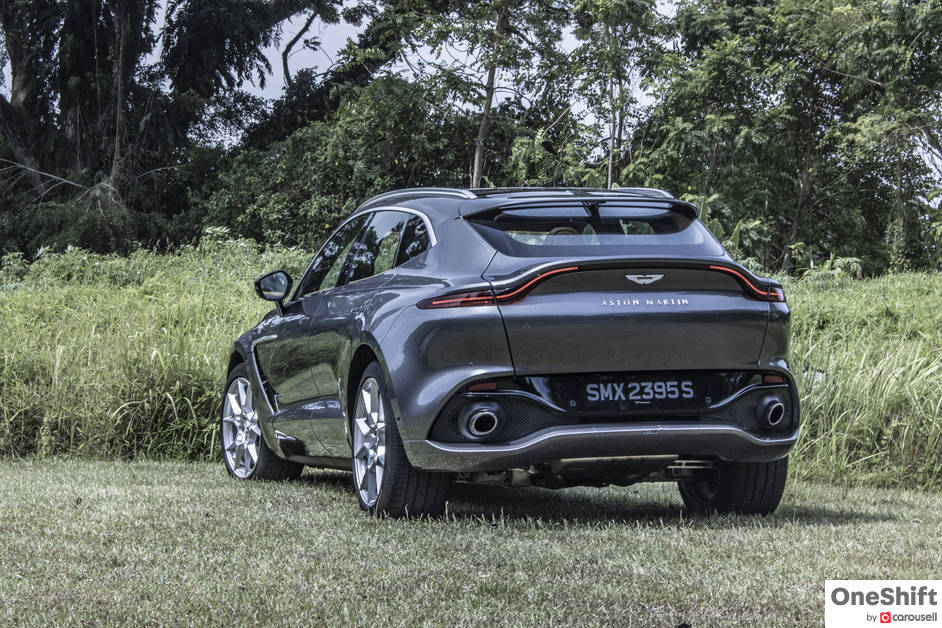
As a whole, the DBX seems to sit hunkered down much more than its immediate competitors, hinting at its sporting potential.
The DBX’s interior is where Aston Martin pushed the envelope of conventional design and struck a beautiful balance between bespoke and ergonomics. It’s no wonder that each DBX will have had over 200 hours of dedicated hand-stitched, hand- crafted and hand-assembled work done - it’s a stunning place to be in and I daresay it feels even more special than being inside the Bentayga or Cullinan.
Over six months were spent solely defining the position of the driver within the vehicle, with enough movement in the driver’s seat to allow clear visibility across the front bonnet from the 99th percentile male to the 5th percentile female (it took me a while to figure that statistic out).
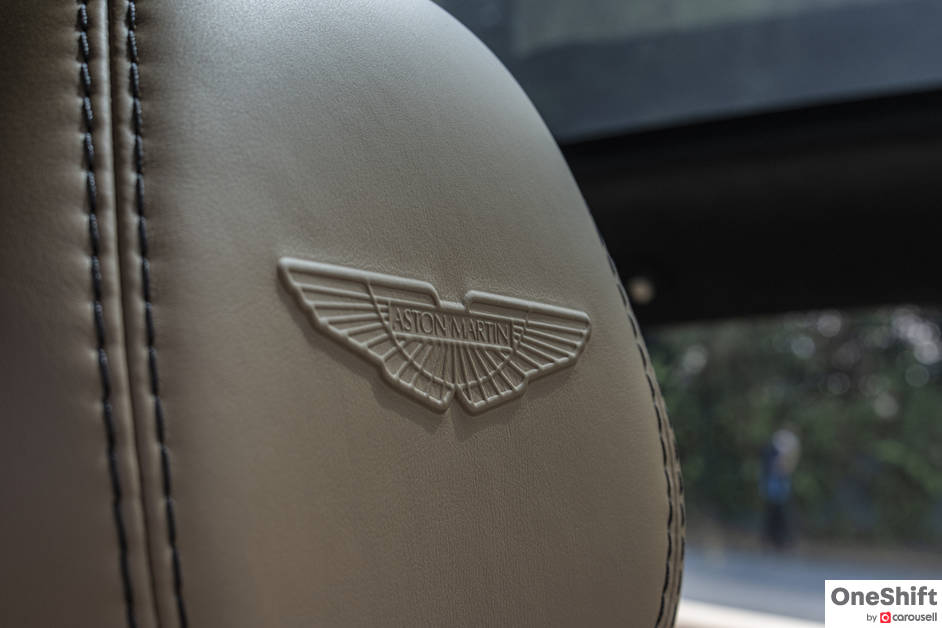
A design highlight is the elegantly crafted bridged centre console allowing for both flexible storage below and a beautiful, architectural centrepiece. I found it an exceptionally useful area, yet something not conventionally seen in other cars. Another feature you would notice right away is the leather covered natural air speaker grilles in the car. It is a fresh application of leather and conceals the technology within cleverly.
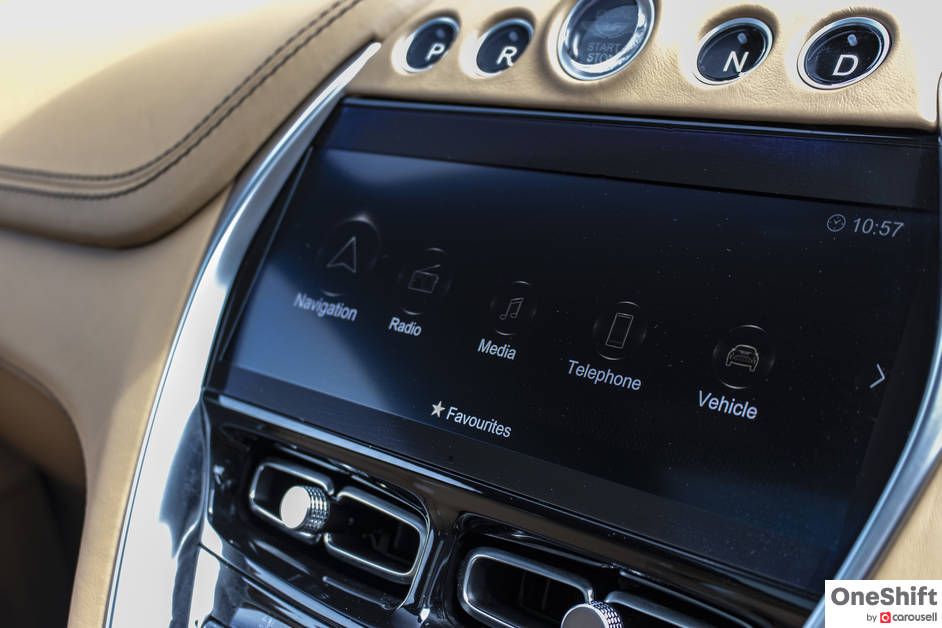
Speaking of sound systems, the so-called ‘base’ specification 800-watt sound system features a new system of amplifiers and 14 speakers developed in conjunction with Harman/Samsung that is unique to Aston Martin. For a standard fit item, they sound fabulous. Operated through a 10.25” TFT high-definition central display with an infotainment system shared with Daimler AG, it works seamlessly. I would much rather use this outsourced infotainment than to have Aston Martin spend their dollars developing a system of their own; it just makes so much sense.

Interestingly, the brand employed the input of a Female Advisory Board which guided on small touches throughout, including separate central armrests, glovebox design and the ergonomic positioning of the car’s key control systems. Even a group of children were invited to share their experience of ingress and egress by sitting in an ergonomic assessment model at the company’s design studio. It is telling that the car thoroughly pleased my wife and son, those focus groups work!
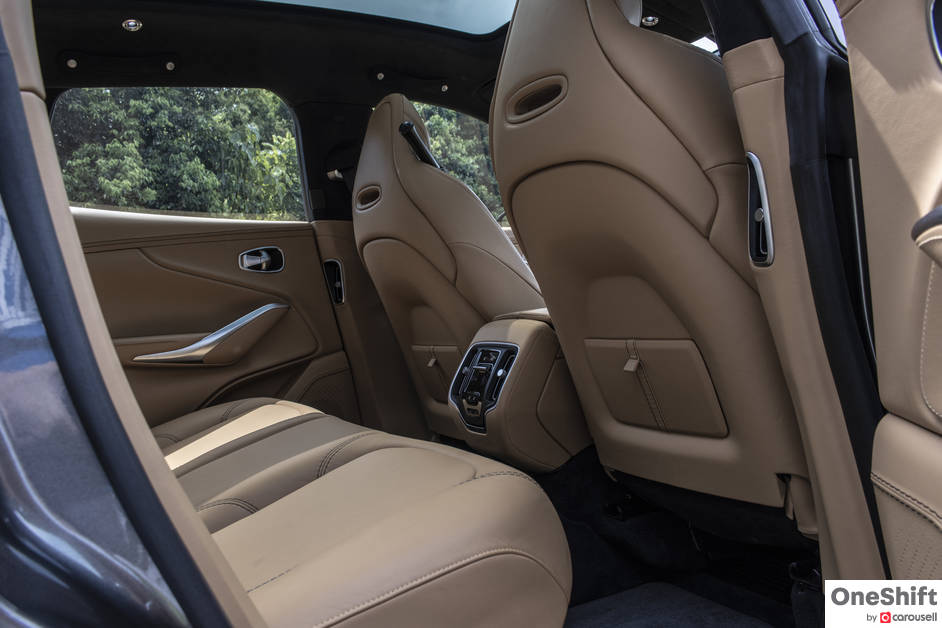
If you like your leather, you would be pleased to know that all seats are trimmed in sumptuous, full grain leather, sourced from long term partner Bridge of Weir of Scotland. They feel exceptional to the touch and the smell reminds one of the British countryside.
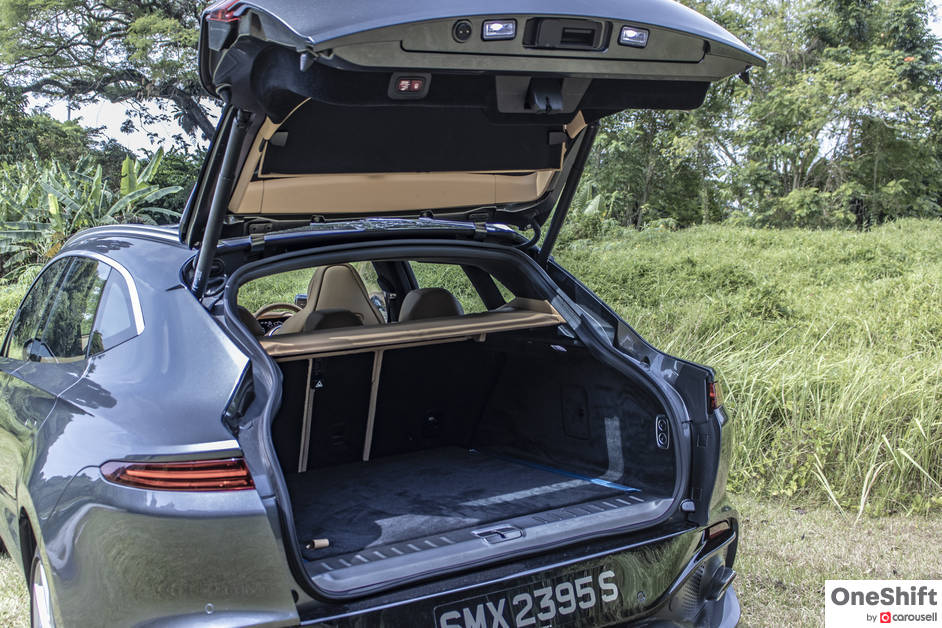
The key differentiator in this rarified segment is having a bespoke chassis not shackled by the requirements of other models or restrictions. The DBX, utilising a bonded aluminium construction method familiar with Aston Martin, allowed the brand to customise the chassis according to its wishes. Therefore, the car has greater stiffness at key hardpoints than its rivals. These are the mounting points for crucial elements like the engine and suspension and by better controlling the loads at these locations, it allows softer bushings that in turn, improve overall refinement. There is also a double skin bulkhead for the first time in an Aston Martin, acting like a noise isolating structure between the cabin and the engine.
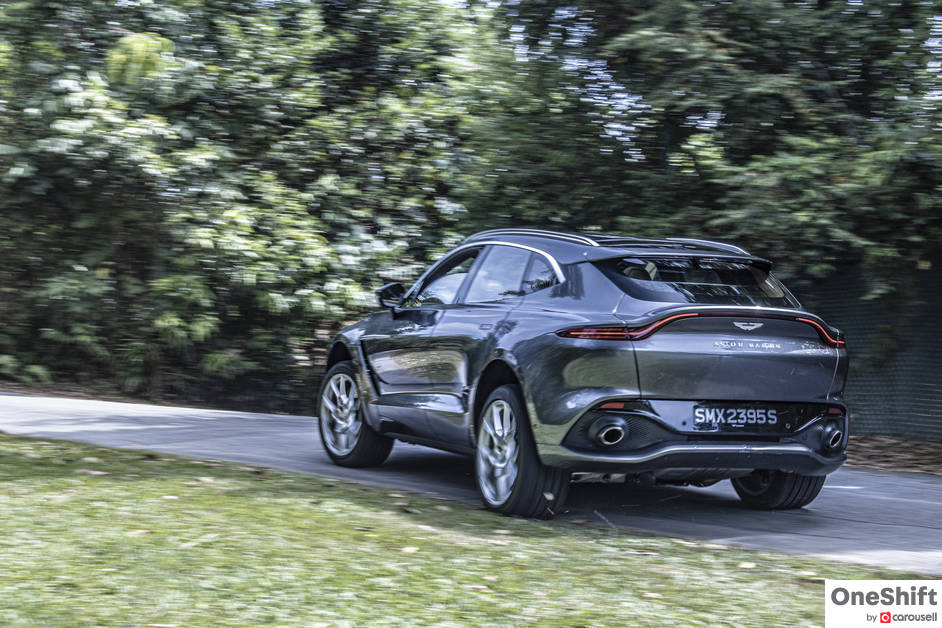
You notice it the moment you drive. The car is whisper-quiet on a cruise, only having its lovely V8 exhaust note in the background as a comforting sound. The chassis rides ‘as one’ over bumps and there is no slack or wobbling to speak of. This allows the suspension to work very efficiently, an adaptive triple volume air suspension with an electric anti-roll system and electronic adaptive dampers.
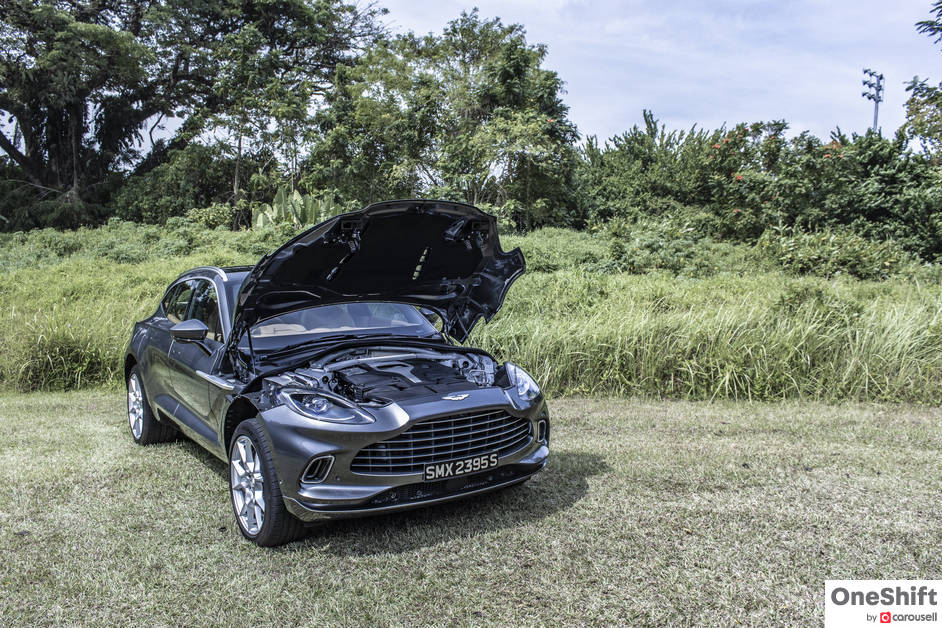
This setup limits body roll impressively (matching even the DB11, Aston Martin says), and even when driven aggressively the car is seemingly always game for more. With a quick steering ratio, you don’t feel anything even close to being ponderous at all, even though the car has a long wheelbase. You only ever get a sense of its mass when you brake, but otherwise the car is extremely agile for its class.

Transmitting this power and torque to the ground is a nine-speed torque converter automatic gearbox, allied to an all-wheel drive system with active differentials featuring an active central differential and an electronic rear limited slip differential (eDiff). There is even a single piece carbon prop shaft. What’s notable is the ability to transfer nearly 100% of torque to the rear axle which is then distributed between the left and right rear wheels. Unlike inert, fixed AWD systems, this is interactive and adds a layer of involvement when driving. You can feel the rear-biased power delivery but you always get the reassurance of having power sent to where its needed within split seconds. The DBX will even slow individual wheels where needed.
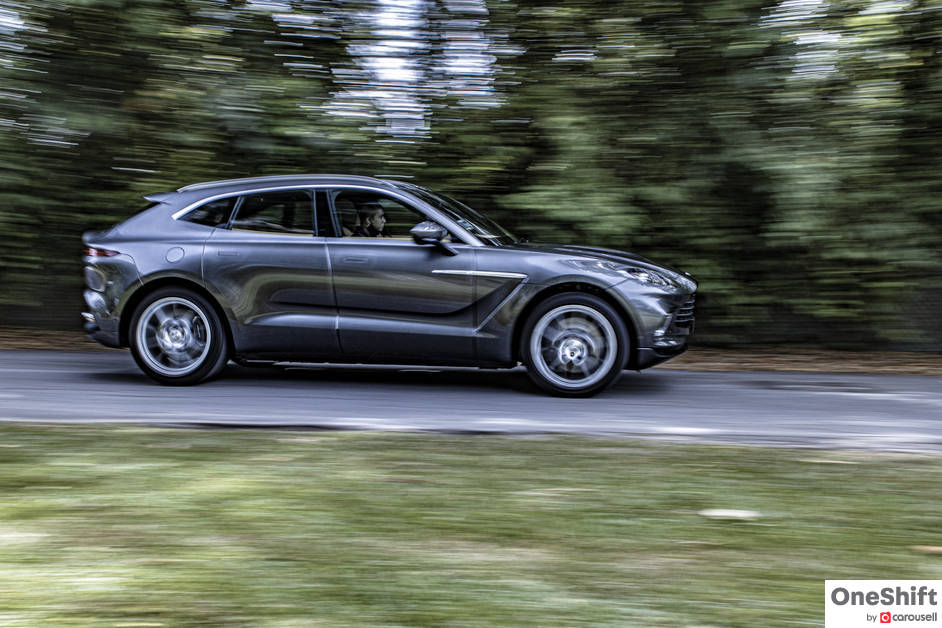
Developing all that power is a 4.0-litre, twin-turbo V8 that has been so widely acclaimed in the Vantage and DB11. Thanks to upgraded turbochargers, a different compression ratio and updated charge coolers, the V8 sourced from Mercedes-AMG is an incredible motor, having exceptional low-end pull, as well as an exhilarating top end. There is no denying the brand has fettled with the motor to make it sound like an Aston Martin - if you didn’t mention the AMG link, I wouldn’t really have suspected. It feels more characterful than any of the Volkswagen Group’s 4.0-litre V8 engines.
The DBX had a longer gestation period than its rivals but Aston Martin has really pulled the stops to create a sumptuous, likable SUV. It feels as special as you would expect of its price, has standard fit options that are befitting of the car’s stature and a driving experience that is as good as you can imagine. As a first generation production vehicle, it feels incredibly sorted.
Credits: Words by James Wong. Photos by Clifford Chow
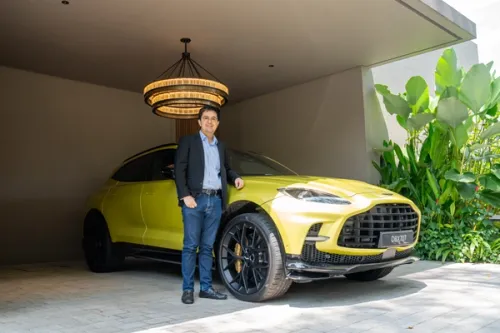







Get the Best Price for your used car
from 500+ dealers in 24 hours

- Convenient and Hassle-Free
- Consumer Protection
Transparent Process
With No Obligation

